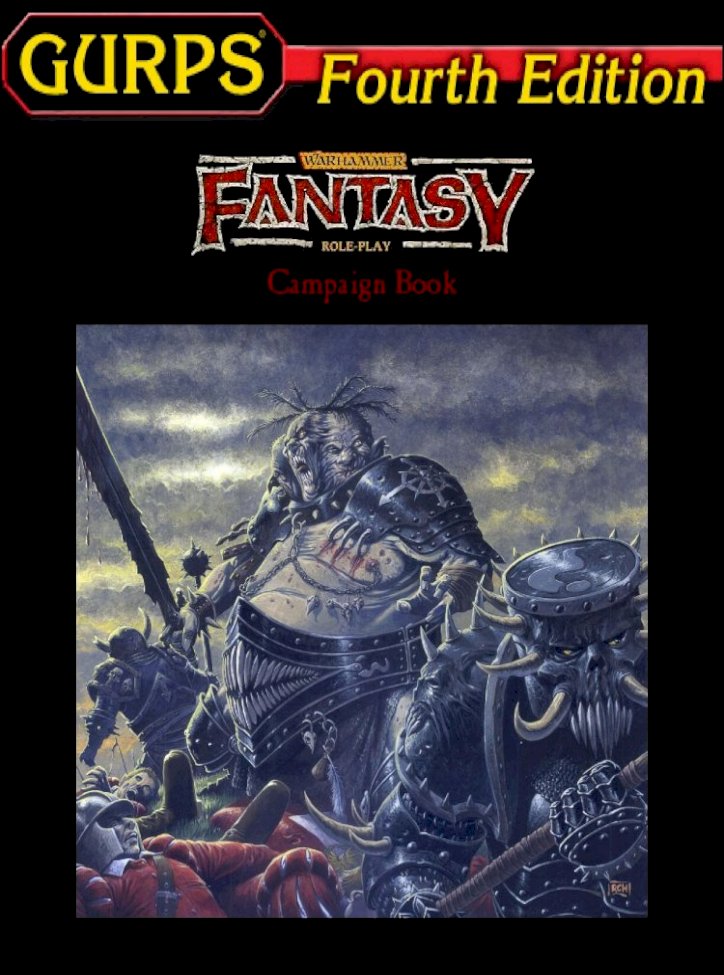The Butcher
Legendary Pubber
- Joined
- Apr 29, 2017
- Messages
- 4,650
- Reaction score
- 12,144
Been out of the loop for a while but intrigued by the Rookery Publiations crew. Can't see anything by them over at DTRPG, what's the deal with them?Relevant to this discussion, The Rookery had a video discussion yesterday with the designers of WFRP 2E, 3E and 4E present. I've only watched half so far, but I am finding it's a good discussion of the tough choices you have to make in creating a new edition of an RPG. This is just a warmup for next week's discussion, where they bring in Graeme Davis to represent 1E as well.
Damn, that's a ton of stuff... seriously considering it.Speaking of 2e Warhammer rpg, I just received an email about a 2e Humble Bundle.

Humble RPG Book Bundle: Warhammer Fantasy RPG by Cubicle 7
Gather your party and face the perils of the Old World with this vast library of Warhammer Fantasy Roleplay rulebooks, sourcebooks, and adventures. Plus, pay what you want & support charity!www.humblebundle.com
Edit: Looks like it's a mix of 1e, 2e and 4e now that I'm reading down through it. Interesting. Fifty books looks like.








